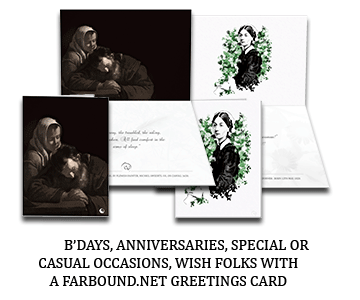The hexagram is a curious symbol with an origin that remains deeply embedded in mystery. Prior to it gaining universal acceptance as the emblem of Israel in the 19th century, the six-sided star was used by cultures separated by time and distance, with interpretations ranging from the occult to the union of sexes and from astrological mapping to man’s relation with the all-mighty in the grand scheme of things, as well as witchcraft.
The Turks, Afghans and Gurkanis (Mughals), who dominated the Northern parts of the Indian Subcontinent during medieval times, made extensive use of the hexagram as an architectural element. The actual purpose the symbol is supposed to have served on forts and tombs is mostly speculative guesswork.
Especially when it was used in the subcontinent, both by the indigenous Hindu populace who constituted a large part of the workforce and contributed native elements to Islamic structures, a process that led to the genre known as Indo-Islamic architecture – and the Middle Eastern raiders turned settlers themselves.
What the Hindus related to their god Shiva and his consort Parvati (Sati), and interpreted as the union of man and woman, their Islamic counterparts knew as Najmat Dawud or the Star of David, the high king of Israel, and who was seen as a prophet by Islam.
One possibility is that the symbol was used as a divine charm to ward off the evil eye, and implemented on a large scale since both cultures visibly recognised it, artisans of both cultures could easily create it, and perhaps, cultural synthesis.
Like the Najmat al Quds, see the Farbound.Net story: The star that is a landmark in Islamic architecture, the hexagram-shaped star that is the Najmat Dauwd was very likely embraced by Islam after the rise of the Arabs in 633 C.E., and the conquest of the Byzantine Empire’s territories in the Middle East, especially the city of Jerusalem – that fell to the Arabs in 637 C.E.
Though this symbol also appears in ancient Mediterranean cultures, such as that of Rome and later the Greco-Roman Byzantines, and it is tempting to think this symbol has a Mediterranean origin, historians believe this symbol was developed by ancient cultures in isolation, independent of each other.
In Hinduism, the Sanskrit word Shanmukha literally means six-faced. It is one of the many names of the Hindu deity Karthikeya, the son of Shiva and Parvati. The name directly stems from the six-pointed star that stands for the union of a man and a woman through coitus, and basically means creation.
The Hindu version of the hexagram is more commonly known as the Shatkona. While the Middle Eastern version of the Hexagram, the Najmat Dawud, is also recognised as the Khatam Sulayman or the seal of Solomon, a son of David and later his successor.
In associated legends, this seal in the form of a ring had endowed Solomon with the power to control the Djinn, good and bad spirits of Arabian and Islamic mythology.
The symbol also appears in Christianity and is interpreted as the Star of the Creator.








The symbol in the picture could be The star of David or the Hindu Shanmukha but I think it is the Buddhist Lotus symbol. The arms of the star can represent either the petals of an open lotus flower. India and much of South East Asia was mostly Buddhist before the Islamic invasion and hence it is possible that the local artisans drew the lotus symbol in such a fashion as not to offend the invador kings.